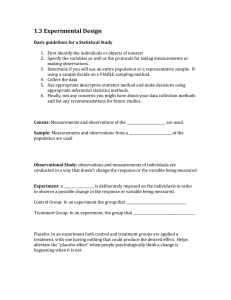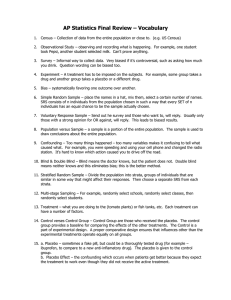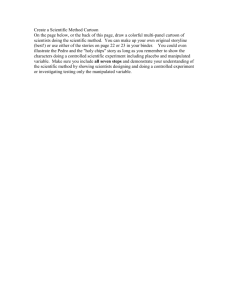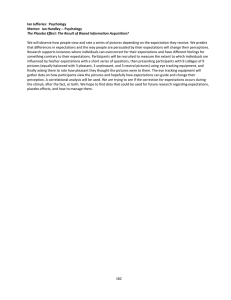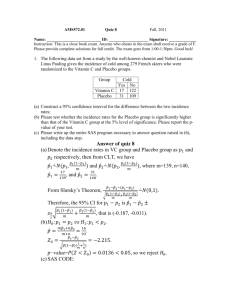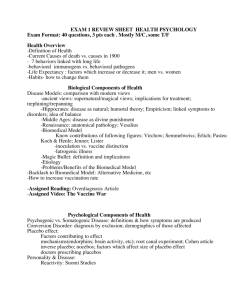Lab Data tables and Graphs
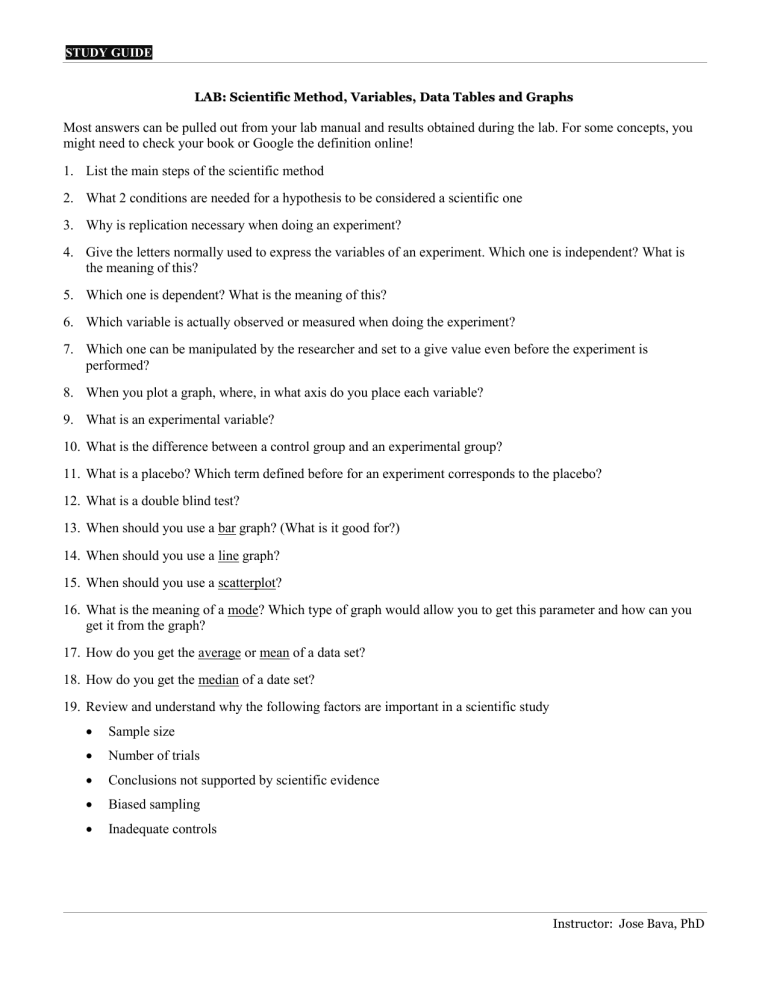
STUDY GUIDE
L A B : : S c i i e n t i f i c M e t h o d , , V a r i i a b l l e s , D a t a T a b l l e s a n d G r a p h s
Most answers can be pulled out from your lab manual and results obtained during the lab. For some concepts, you might need to check your book or Google the definition online!
1.
List the main steps of the scientific method
2.
What 2 conditions are needed for a hypothesis to be considered a scientific one
3.
Why is replication necessary when doing an experiment?
4.
Give the letters normally used to express the variables of an experiment. Which one is independent? What is the meaning of this?
5.
Which one is dependent? What is the meaning of this?
6.
Which variable is actually observed or measured when doing the experiment?
7.
Which one can be manipulated by the researcher and set to a give value even before the experiment is performed?
8.
When you plot a graph, where, in what axis do you place each variable?
9.
What is an experimental variable?
10.
What is the difference between a control group and an experimental group?
11.
What is a placebo? Which term defined before for an experiment corresponds to the placebo?
12.
What is a double blind test?
13.
When should you use a bar graph? (What is it good for?)
14.
When should you use a line graph?
15.
When should you use a scatterplot?
16.
What is the meaning of a mode? Which type of graph would allow you to get this parameter and how can you get it from the graph?
17.
How do you get the average or mean of a data set?
18.
How do you get the median of a date set?
19.
Review and understand why the following factors are important in a scientific study
Sample size
Number of trials
Conclusions not supported by scientific evidence
Biased sampling
Inadequate controls
Instructor: Jose Bava, PhD
